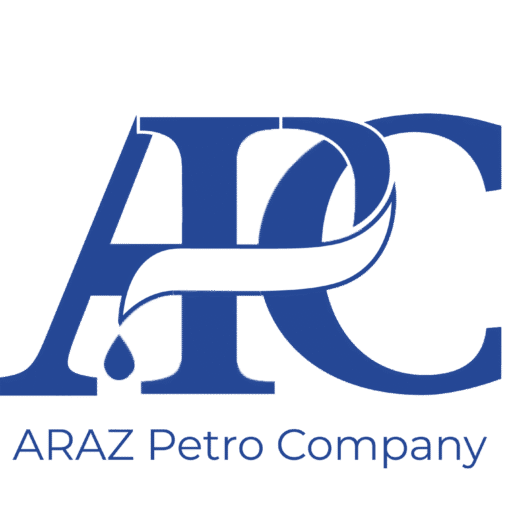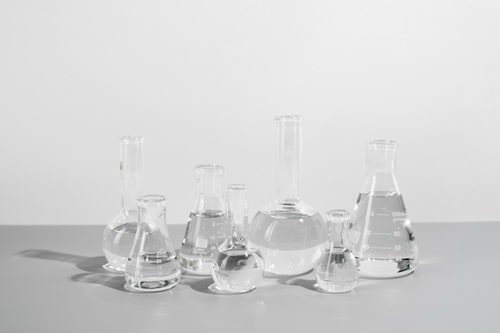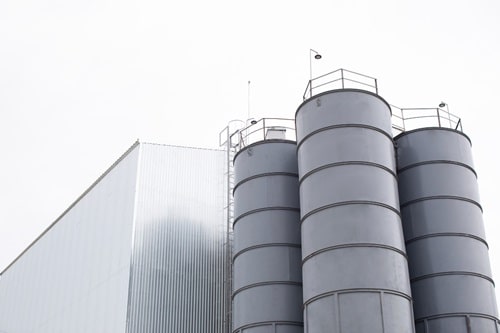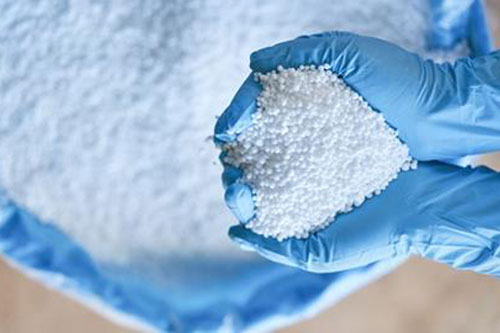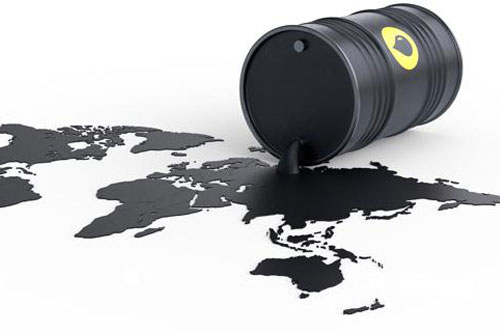Applications of Monoethylene Glycol (MEG)
Monoethylene Glycol (MEG) is one of the most widely used industrial chemicals worldwide, serving as a critical feedstock across multiple sectors. Owing to its hydroxyl group reactivity, high solubility, and ability to form stable mixtures, MEG offers exceptional versatility, efficiency, and performance in numerous manufacturing and processing applications.
1. Polyester Production
Monoethylene Glycol is a primary raw material in the production of polyester fibers, films, and resins. It reacts with dibasic acids and their esters to produce polyethylene terephthalate (PET) — a key polymer used in plastic bottles, food packaging, and industrial films.
Essential in polyester fiber synthesis for textiles.
Used in PET resin manufacturing for packaging and containers.
Enables high-strength, lightweight, and recyclable material production.
2. Resin Production
MEG plays a vital role in the synthesis of unsaturated polyester resins, alkyd resins, rosin esters, and polyurethane resins.
Serves as a coalescence and antifreezing agent in emulsified resins.
Combined with adipic acid, oleic acid, or other glycols to produce paint and varnish-grade alkyd resins.
Acts as a wetting, plasticizing, and stabilizing agent in the production of cellophane, adhesives, textiles, inks, and cosmetics.
Widely used in glue manufacturing, pharmaceutical coatings, paper finishing, and leather processing industries.
3. Antifreeze and Coolant Formulations
Due to its low freezing point and high boiling point, MEG is the primary ingredient in automotive antifreeze, engine coolants, and industrial refrigeration fluids.
Prevents freezing in cold climates and overheating in high temperatures.
Used in aircraft de-icing and anti-icing systems.
Applied in industrial cooling systems, fire-resistant hydraulic fluids, and cutting oils.
Acts as a heat transfer medium and gas treatment agent.
Utilized in printing inks, surface polishers, agrochemicals, and explosive synthesis.
4. Textile Industry
MEG is an essential component in polyester fiber synthesis for sportswear, home textiles, and industrial fabrics.
Provides high durability, dimensional stability, and wrinkle resistance.
Used as a wetting and plasticizing agent during textile processing to improve fiber handling and dyeing performance.
5. Packaging Materials
A key ingredient in PET resin manufacturing, Monoethylene Glycol contributes to the production of bottles, containers, films, and thermoformed trays.
Delivers excellent clarity, mechanical strength, and chemical resistance.
Ensures lightweight packaging with superior recyclability and barrier properties.
6. Chemical Intermediate
MEG serves as a versatile chemical intermediate in numerous formulations.
Used as a solvent, plasticizer, humectant, and reactive intermediate.
Applied in the production of unsaturated polyester resins, polyurethane foams, detergents, morpholine, and other organic derivatives.
7. Natural Gas Processing
Monoethylene Glycol functions as an effective dehydration agent in natural gas pipelines and processing facilities.
Inhibits the formation of gas hydrates (clathrates).
Enhances pipeline safety, flow efficiency, and gas quality under high-pressure environments.
8. Automotive Industry
In addition to its use in antifreeze and coolants, MEG acts as a lubricant and functional additive in engine and transmission systems.
Reduces friction and wear in moving parts.
Used in electrolytic polishing belts and metal surface treatments.
9. Aviation Industry
MEG-based fluids are used as aircraft de-icing and anti-icing agents to prevent the formation of ice on wings, fuselage, and control surfaces.
Maintains operational safety during flight and ground handling.
Provides reliable thermal and moisture control under extreme environmental conditions.


